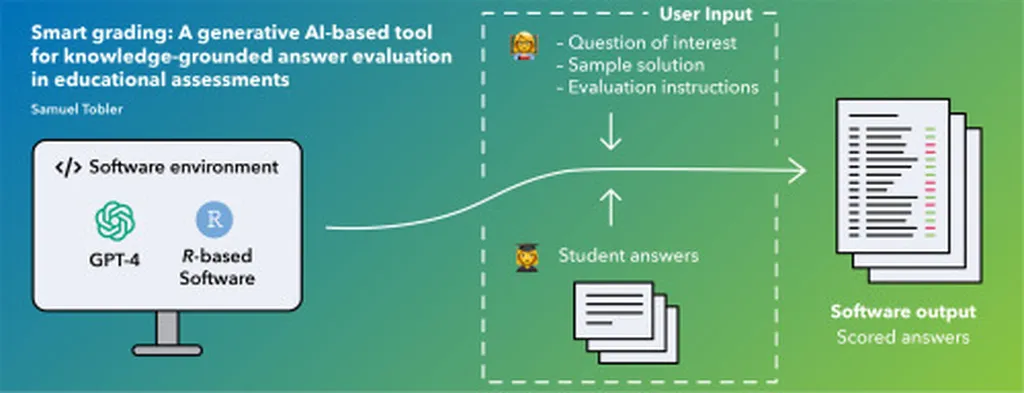In the heart of China’s Yunnan province, a team of researchers from the Faculty of Modern Agricultural Engineering at Kunming University of Science and Technology has developed a groundbreaking solution to a longstanding challenge in the asparagus industry. Led by YANG Qilang, the team has harnessed the power of deep learning and computer vision to create a lightweight, accurate model for grading post-harvest asparagus, potentially revolutionizing the way this valuable crop is processed and sold.
Asparagus officinalis L. is a perennial plant with a concentrated harvesting period and a short shelf life. Traditionally, grading asparagus by stem diameter has been a labor-intensive process, relying heavily on manual work and sensory assessment. “The current method is not only time-consuming but also inconsistent,” explains YANG. “There’s a clear need for a more efficient, accurate, and cost-effective solution.”
The team turned to YOLOv11, a state-of-the-art object detection algorithm, as their baseline model. They then made several key improvements to enhance its performance. “We added an efficient channel attention (ECA) module to improve feature extraction, integrated a bi-directional feature pyramid network (BiFPN) for better multi-scale feature fusion, applied a slim-neck module to optimize the network, and replaced the original detection head with an EfficientDet Head,” says YU Lu, a co-author of the study.
The results were impressive. The improved YOLOv11 model achieved a precision of 96.8%, a recall of 96.9%, and a mean average precision (mAP) of 92.5%. It also boasted a smaller model size and reduced computational costs compared to the original YOLOv11. “Our model not only improves the accuracy of asparagus grading but also does so in a more efficient and lightweight manner,” adds LIANG Jiaping, another co-author.
The commercial implications of this research are significant. Faster, more accurate grading can lead to improved quality control, reduced labor costs, and increased profitability for asparagus producers. Moreover, the model’s lightweight nature makes it suitable for deployment on edge devices, enabling real-time grading in the field or at the packing house.
The team’s work was recently published in the journal ‘智慧农业’, which translates to ‘Smart Agriculture’. This research is part of a broader trend towards intelligent grading systems in agriculture, driven by advances in AI and computer vision. As these technologies continue to evolve, we can expect to see more innovative solutions that enhance efficiency, accuracy, and profitability across the agricultural sector.
“This is just the beginning,” says YANG. “We see great potential for these technologies to be applied to other crops and to other stages of the agricultural value chain. The future of farming is smart, and we’re excited to be at the forefront of this revolution.”

